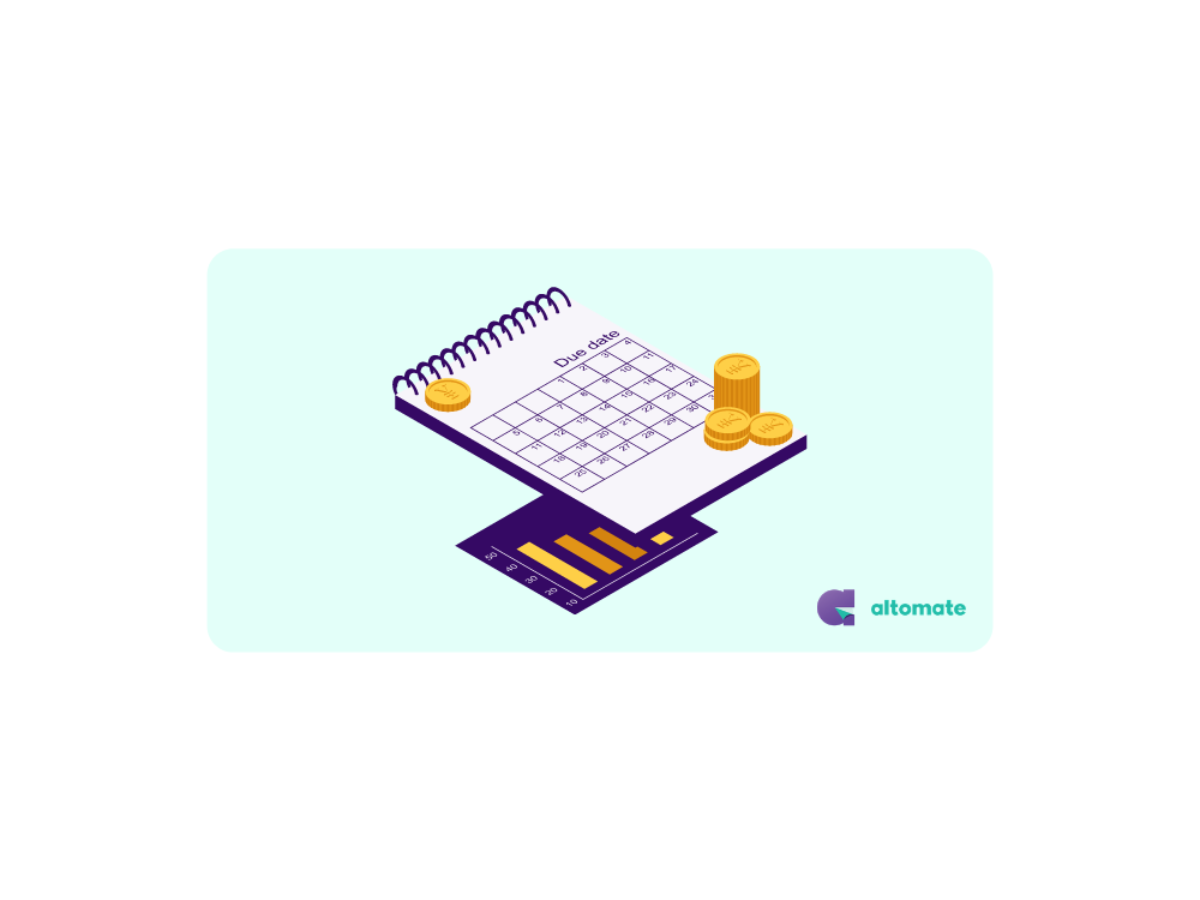
Bad Debt VS Provision for Impairment
Bad Debt
Bad debt is a loan that is unable to be repaid by the customer. Since not all consumers are able to pay their debt in full, it is usual and expected for companies that give loans or credit to do so.

Methods to Recognize Bad Debt:
1. Direct Write-Off
The bad debt expenditure is written off directly from the receivables account. However, if the bad debt arises in a separate period than the sales entry, there will be an issue with misstating income in the reporting period. As a result, only insignificant amounts are tolerated.
DR BAD DEBT EXPENSE
CR RECEIVABLE
This procedure does not follow the Generally Accepted Accounting Principles (GAAP) matching principle. As a result, if a corporation follows GAAP, the provision for doubtful debt technique must be used instead.
2. Provision for Doubtful Debt
This is the estimated uncollectable amount from the customers based on the aging report or the percentage sales method. The organization can analyze consumers' debt-repayment patterns using the aging report.
There may be a variation between this estimate and the real bad debt amount because this is only an estimate. If the actual bad debt exceeds the allowance for doubtful debt, the bad debt expenditure must be recorded on the income statement within the same accounting period as the loan or credit.
DR BAD DEBT EXPENSE
CR PROVISION FOR DOUBTFUL DEBT
DR PROVISION FOR DOUBTFUL DEBT
CR RECEIVABLE
Ageing Report
The receivable accounts will be grouped by age, and a percentage will be assigned based on the possibility of collection. The percentages will be calculated based on a company's prior collection history.
The estimated percentages are then multiplied by the total amount of receivables for that date period and added together to determine the amount of bad debt expense.
Percentage Sales Method
Simply multiply the total sales for the period by a percentage. The percentage is an estimate based on the company's prior collection history.
Provision for Impairment
It is based on the prudence concept. If a company discovers that the net benefit of a financial instrument has diminished, the financial instrument should be written off as a loss.
IFRS 9 requires a company to recognize the impairment of financial assets in the amount of Expected Credit Loss (ECL).
Methods to Recognize Provision for Impairment:
1. General Approach
There are 3 stages of financial asset to recognize the impairment loss.
| Stage 1 | Stage 2 | Stage 3 | ||
| Financial Asset | Performing | Credit risk increase significantly | Credit-impaired | |
| Loss Allowance | 12-Month Expected Credit Loss | Lifetime Expected Credit Loss | Lifetime Expected Credit Loss | |
| Interest Revenue | On gross carrying amount | On gross carrying amount | On amortized cost |
2. Simplified Approach
Since the impairment loss is calculated at the lifetime ECL for all assets, the company does not need to determine the stage of a financial asset.
Items that are compulsory to apply a simplified approach:
- Trade receivable without significant financing component
- Contract assets under IFRS15 without a significant financing component
Grouping The Financial Asset (Must be Similar Loss Pattern)
- Type of Products
- Geographical Region
- Payment Pattern
Default Rate Percentage
Requirements from IFRS 9:
- Derive the default rates from the company's historical credit loss experience and
- Adjust for forward-looking information
Forward-looking data, such as the unemployment rate and inflation rate, may have an impact on credit losses in the future.
Example:
Customer A purchased goods by credit and took a long time to pay his debt. He is unemployed and the unemployment rate in his region is very high due to a decrease in consumer demand. Companies are losing too much when demand falls and thus need to lay off workers. This resulted in consumer demand dropping even more, which is why it is cyclical.
A company needs to consider this information to determine the default rate of credit loss for customer A.
Tax Implication on Bad Debt
Section 34 (2) of the Income Tax Act, 1967 (ITA) allows a trade debt that is fairly considered bad debt to be subtracted from gross income when calculating a business's adjusted income.
To be eligible for a tax deduction, the decision must be based on valid commercial considerations rather than personal, private, or other factors. It should be regarded as a fair foundation if it can be demonstrated that the cost of legal action will be exorbitant in comparison to the amount owed.
To qualify for a deduction for tax purposes, there should also be evidence to show:
a. each debt has been reviewed independently;
b. how the level of its doubtfulness was assessed;
c. when and by whom this assessment was made.
Tax Implication on Provision for Doubtful Debt
Specific provision for doubtful debts is tax deductible whereby each debt is evaluated separately.
To qualify for a deduction for tax purposes, there should be evidence to show:
a. each debt has been reviewed independently;
b. how the level of its doubtfulness was assessed;
c. when and by whom this assessment was made; and
d. what specific information was used in making that assessment.
Situations in which a bad debt or provision is not allowed as a deduction:
1. General provision for doubtful debt
2. Forgiving or waiving payment of debt
3. Non-trade debt


5 Benefits to Start your Business with Sdn. Bhd.


